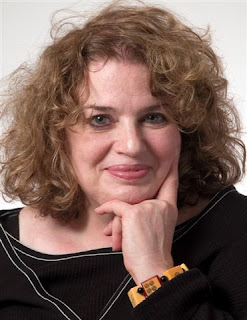
Stephanie Plum and Diesel are back on the hunt, but not for Sandy Claws this time–Snuggy O’Connor who thinks he’s a leprechaun. This little person not only thinks he’s a leprechaun, but that he can disappear from sight on a whim to steal from mobsters and others. Oh, he also thinks he can talk to animals, like horses.
This reader would have snorted coffee through her nose if she were drinking any when Snuggy talks to a doberman at a mobster’s home and the dog convinces him to merely take his clothes off to disappear in front of everyone’s eyes. Can you say the emperor’s new clothes?
Grandma Mazur returns and finds a bag of money on the sidewalk, which happens to be stolen from a mobster by Snuggy. Grandma doesn’t know, heads off to Atlantic City, and is in gambler’s paradise before disaster strikes and she’s kidnapped by a mobster, Delvina. Snuggy wants to pay off Delvina to get his horse, Doug, back from the mobster and Stephanie and Diesel must team up with Snuggy to recoup the gambled money and pay off Delvina to get Grandma back.
From the snarky comments between Stephanie, Snuggy, Diesel, Grandma Mazur, Lula, and Connie to the details of Atlantic City and Daffy’s casino, Evanovich paints a vivid scene with an eclectic cast of characters. Ranger even makes an appearance in this one, along with Morelli.
This made the commute fly by, and I am looking forward to the next Between-the Numbers novel on audio.
Also Reviewed By:
The Movieholic & Bibliophile
 Nikki Leigh contacted me about hosting
Nikki Leigh contacted me about hosting 










